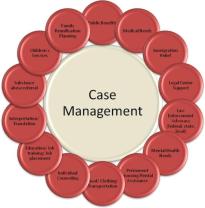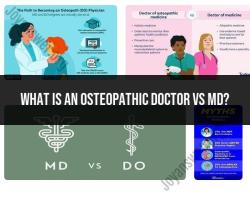Which coding system is used to code diagnosis?
The primary coding system used to code diagnoses in the United States is the International Classification of Diseases, Tenth Revision, Clinical Modification (ICD-10-CM). This coding system is maintained and regularly updated by the Centers for Disease Control and Prevention (CDC) and the National Center for Health Statistics (NCHS).
ICD-10-CM is a standardized coding system that healthcare providers use to document and report medical diagnoses and conditions. It includes a wide range of diagnostic codes for various diseases, disorders, injuries, and health conditions. These codes are alphanumeric and provide a detailed classification of diagnoses, allowing for accurate billing, research, and epidemiological analysis within the healthcare industry.
ICD-10-CM codes are typically used for a variety of purposes, including:
Medical Billing and Insurance Claims: Healthcare providers use ICD-10-CM codes when submitting claims to insurance companies for reimbursement.
Clinical Documentation: Physicians and other healthcare professionals use these codes in medical records to accurately document a patient's diagnosis.
Public Health and Epidemiology: ICD-10-CM codes are essential for tracking and monitoring the prevalence of diseases and health conditions on a local, national, and global scale.
Medical Research: Researchers use these codes to analyze and study trends in diseases, outcomes, and healthcare utilization.
Healthcare Quality and Management: ICD-10-CM codes are used to assess the quality of healthcare services and identify areas for improvement.
While ICD-10-CM is the standard coding system used in the United States, other countries may use different versions of the ICD, such as ICD-11, or have their own coding systems for diagnoses. However, ICD-10-CM is widely adopted internationally for its comprehensive coverage and specificity in coding medical diagnoses.
Coding Diagnosis: Understanding the Coding Systems
Diagnosis coding is the process of assigning a code to a patient's diagnosis based on a standardized set of criteria. This coding system is used to report diagnoses to insurance companies and other healthcare organizations.
The two main diagnosis coding systems used in the United States are:
- International Classification of Diseases, Tenth Revision, Clinical Modification (ICD-10-CM): This system is used to code diagnoses in all healthcare settings, including hospitals, clinics, and physician offices.
- Current Procedural Terminology (CPT): This system is used to code procedures and services performed by physicians and other healthcare providers.
Healthcare Documentation: The Role of Coding Systems
Healthcare documentation is the process of recording a patient's medical history, physical examination findings, and treatment plan. This documentation is essential for providing high-quality care and for billing insurance companies.
Coding systems play an important role in healthcare documentation. By coding diagnoses and procedures, healthcare providers can ensure that their documentation is complete and accurate. This can help to prevent billing errors and improve the overall quality of healthcare delivery.
Streamlining Healthcare Data: The Use of Coding Systems for Diagnosis
Coding systems can be used to streamline healthcare data and make it more accessible to healthcare providers and researchers. For example, coding systems can be used to create databases of patient diagnoses and treatments. This data can then be used to identify trends in disease patterns and to develop new treatments and prevention strategies.
Overall, coding systems are an essential part of the healthcare system. They help to ensure that patients receive high-quality care, that healthcare providers are reimbursed accurately, and that healthcare data is streamlined and accessible.
Here are some additional benefits of using coding systems for diagnosis:
- Improved communication: Coding systems provide a common language for healthcare providers to communicate with each other and with insurance companies. This can help to improve the accuracy and efficiency of care.
- Reduced errors: Coding systems can help to reduce errors in billing and documentation. This can save time and money for healthcare providers and patients.
- Improved research: Coding systems can be used to collect data on patient diagnoses and treatments. This data can then be used to conduct research on disease patterns and to develop new treatments and prevention strategies.
If you are a healthcare provider or researcher, I encourage you to learn more about coding systems and how they can be used to improve healthcare delivery and research.













